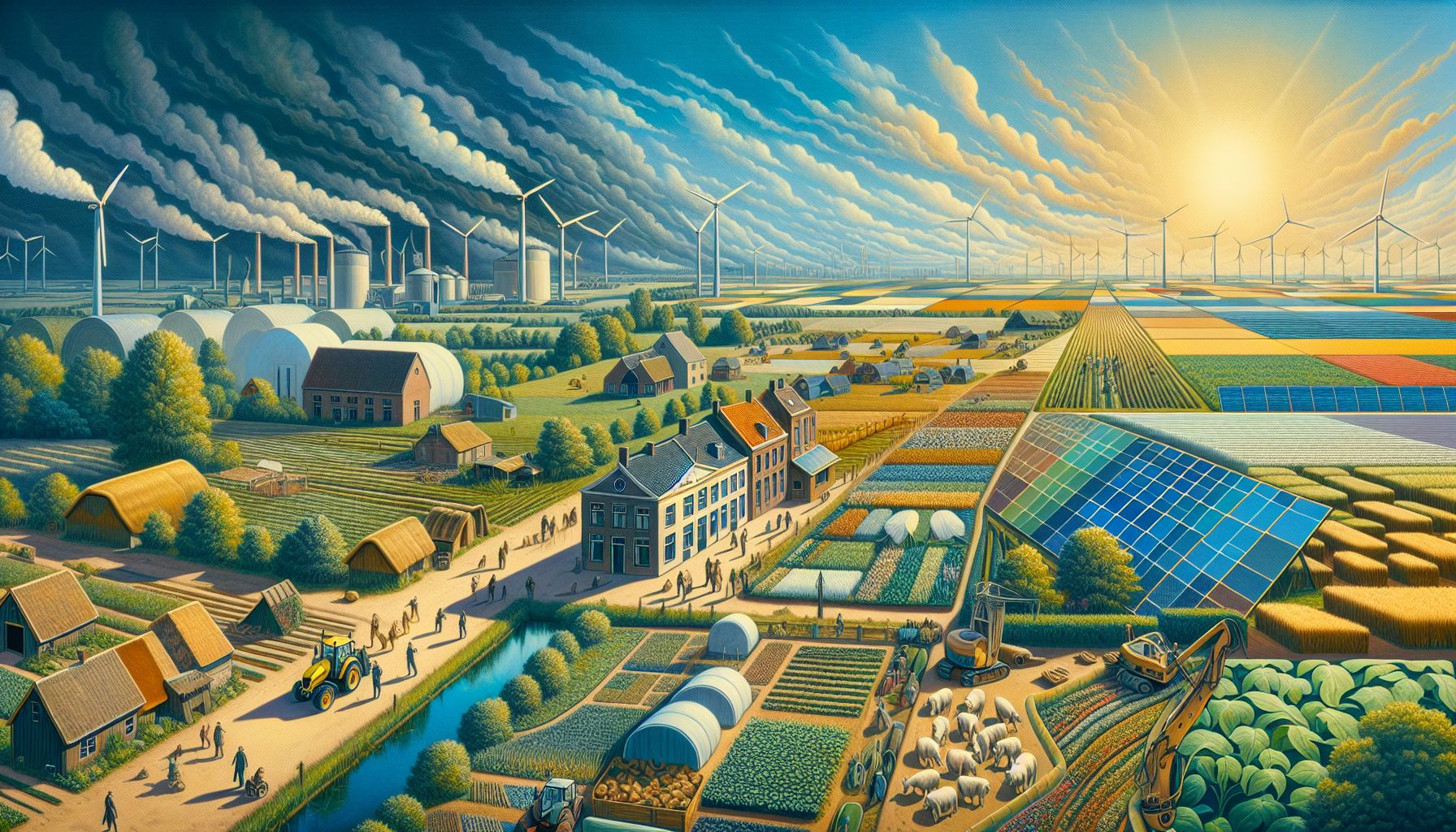European Agricultural Subsidies Reform Focuses on Sustainability

European leaders are reevaluating agriculture subsidies to drive sustainability, aiming to reduce greenhouse gases and promote organic farming, significantly impacting Dutch agriculture.
Introduction to CAP Reforms
The Common Agricultural Policy (CAP) has been a cornerstone of European agriculture since its inception in 1962. However, the policy has faced increasing scrutiny and calls for reform due to its environmental impact and the distribution of subsidies. The European Union (EU) allocates nearly €60 billion annually to agricultural subsidies, with recent reforms aiming to shift focus towards sustainability and support for smaller farms.
The Push for Sustainability
Efforts to ‘green’ the CAP have been ongoing since 1992, with recent reforms introducing mandatory measures to improve environmental sustainability. These include the implementation of Good Agricultural and Environmental Conditions (GLMCs), such as leaving 4% of farmland fallow to promote biodiversity and maintaining buffer zones to protect natural habitats. Additionally, eco-schemes have been introduced to incentivize sustainable practices like organic pest control and biodiversity promotion[1].
Impact on Dutch Agriculture
The impact of these reforms on Dutch agriculture could be profound. The Netherlands, with its intensive farming practices, faces significant challenges in reducing greenhouse gas emissions and pesticide use. The new CAP regulations require Dutch farmers to adopt more sustainable practices, which could lead to a shift towards organic farming and reduced reliance on chemical inputs. This transition is crucial as Dutch agriculture is a major contributor to greenhouse gas emissions in Europe, accounting for a substantial portion of the sector’s overall emissions[1].
Economic Implications
The economic implications of these reforms are multifaceted. While the push for sustainability aims to protect the environment, it also places financial pressure on farmers. The distribution of subsidies has been a contentious issue, with 84% of the subsidies historically going to only 24% of the farms, primarily larger ones. This model has been criticized for favoring industrial agriculture over small-scale, sustainable farming[1][2].
Political Landscape and Future Prospects
The political landscape surrounding these reforms is complex. With upcoming elections, the distribution and focus of agricultural subsidies are hotly debated topics. Political parties such as GroenLinks-PvdA and Partij voor de Dieren advocate for a greener approach, while some right-wing factions resist these changes. The recent protests by farmers across Europe, influenced by political narratives, highlight the tensions between economic viability and environmental responsibility[3].
Conclusion
As the EU continues to refine its agricultural policies, the balance between economic support for farmers and environmental sustainability remains a delicate one. The reforms to the CAP are a step towards a more sustainable future, but their success will depend on effective implementation and the willingness of all stakeholders to adapt to new practices. The Dutch agricultural sector, in particular, stands at a crossroads, with the potential to lead in sustainable farming practices if these reforms are embraced and effectively executed.

